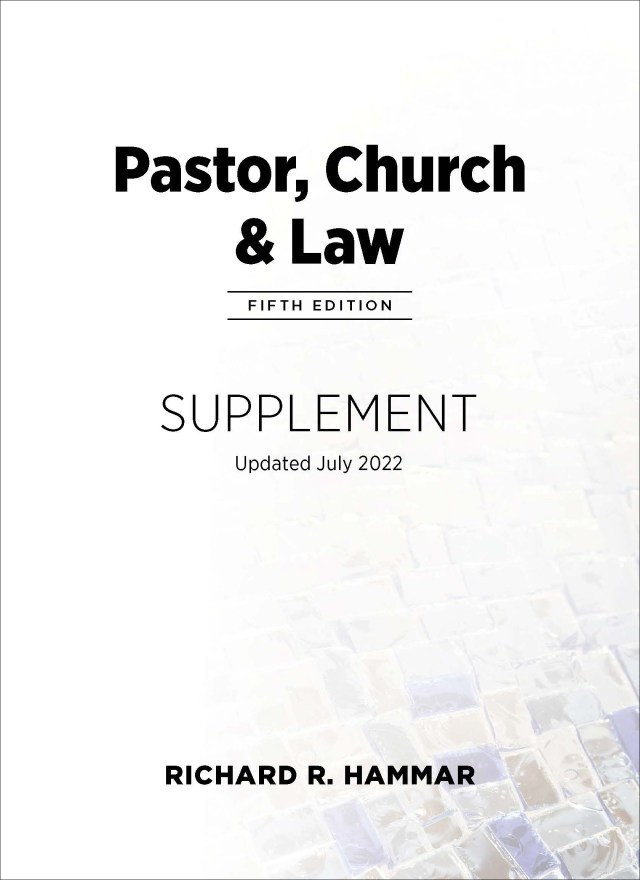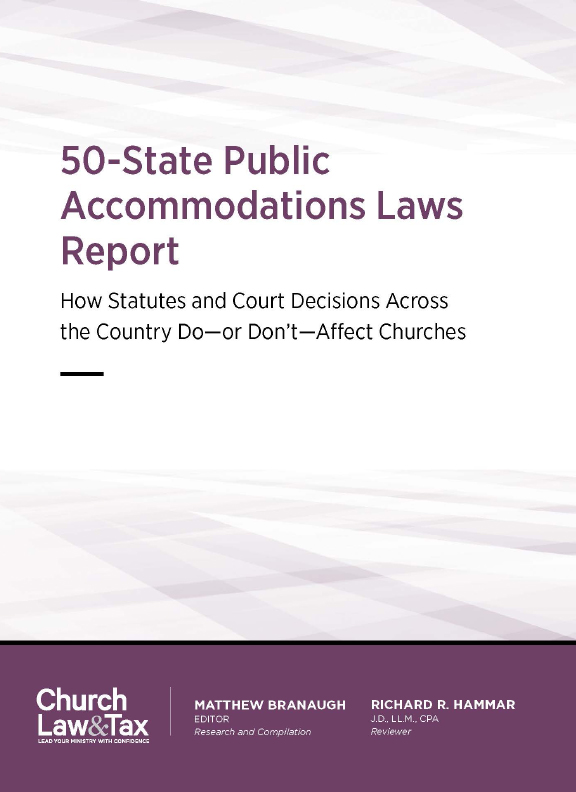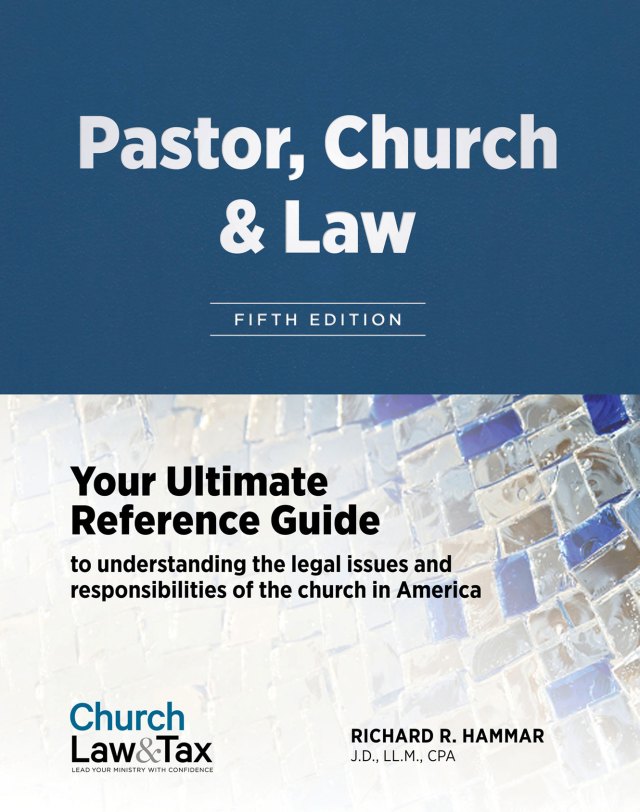Key point 7-20.2 . A variety of defenses are available to a church that is sued as a result of an injury occurring on its premises.
A Tennessee court ruled that a church was not liable for severe injuries sustained by a five-year-old child who came into contact with a high-voltage power line on church property.
Downed, 4,000-volt power line causes severe injuries
When a church member arrived at church on a Saturday morning to teach a children’s Bible study, she learned that there was a power outage. Undeterred, she taught class by the light from the windows.
During the day, the class broke twice for the children to play outside. The children played in a mowed, grassy area between the fellowship hall and the sanctuary building; the grassy area was bounded by the fellowship hall and the sanctuary buildings on one side and woods on the other. The children played in the grassy area during their two breaks without incident.
After the Bible study, a five-year-old child returned to the same grassy area to play. Around 2 p.m., the child came in contact with a downed, 4,000-volt power line owned by a local utilities company. The shock produced by the power line burned over 40 percent of the child’s body and led to the amputation of his right hand and forearm.
The child’s parents sued the church.
They conceded that there was no evidence that the church created the dangerous condition that caused the child’s injuries, and that the church lacked actual notice of the dangerous condition, but they insisted that the church had “constructive notice” of the dangerous condition.
Constructive notice refers to knowledge of a fact that a person should have had upon the exercise of reasonable diligence. The trial court concluded that the church lacked constructive notice and dismissed the case.
The parents appealed.
Appeals court affirms dismissal
The appeals court affirmed the trial court’s dismissal of the case. It began its opinion by observing:
In a premises liability case, a plaintiff may establish constructive notice in two ways.
A plaintiff may (1) prove that a dangerous condition existed for such a length of time that a reasonably prudent property owner should have been aware of the dangerous condition’s existence or (2) prove that the dangerous condition resulted from a pattern of conduct, a recurring incident, or a general or continuing condition … The parents contend that they established constructive notice by proving that a dangerous condition existed for such a length of time that the church should have been aware of its existence.
The parents offered the affidavit of a licensed electrical engineer opining as to when the power line was downed.
The engineer testified that the power line was likely downed two days prior to the accident at 11:00 a.m. when a thunderstorm came through the area. And the power line was certainly down the morning prior to the accident when the church received an automated report of a “lost meter.”
Although a meter may not respond for other reasons, the most likely reason was the disruption of power caused by the downed power line. According to the parents “surely at least 26 hours is more than enough [time] for constructive notice.”
Generally, a jury must decide whether a dangerous condition existed long enough that a reasonably prudent property owner should have been aware of it. But the time element is not the only consideration in determining whether there is constructive notice of a dangerous condition. In addition to the time element, constructive notice requires some material competent evidence from which it can be logically inferred that the [church], by the exercise of ordinary care, would have or should have discovered the dangerous condition.
Here, such evidence is lacking. … But nothing indicates that the church would have or should have discovered the downed power line prior to the accident. …
Because the church did not cause the downed power line, in order to establish its liability, the parents had to prove that the church had either actual or constructive notice of the dangerous condition.
They conceded that the church lacked actual notice. … We conclude that the parents could not show that the church had constructive notice of the dangerous condition. They presented no evidence from which it could be logically inferred that church, by the exercise of ordinary care, would have or should have discovered the downed power line prior to the accident.
What this means for churches
This case illustrates an important legal principle.
Like any landowner, churches may be liable for injuries on their property due to a dangerous condition if they either created the condition or had actual or constructive notice of it.
Constructive notice refers to a dangerous condition that existed for such a length of time that the church should have been aware of its existence.
The principle of constructive notice imposes a duty on churches to regularly inspect their premises and promptly correct dangerous conditions.
A failure to do so may result in liability for injuries that occur.
Kelly v. Tewahedo Church, 2022 WL 202639 (Tenn. App. 2022)




